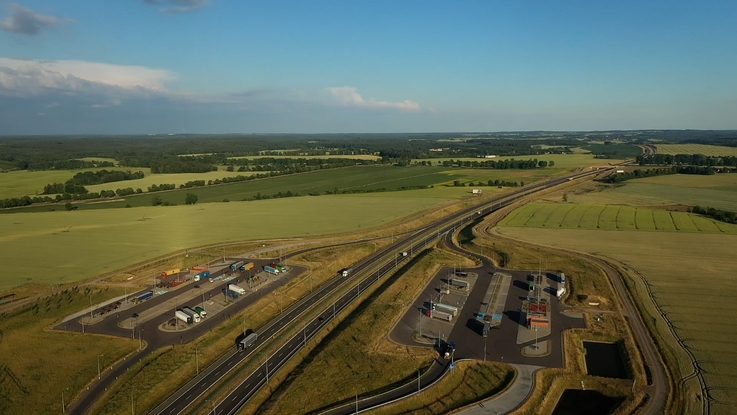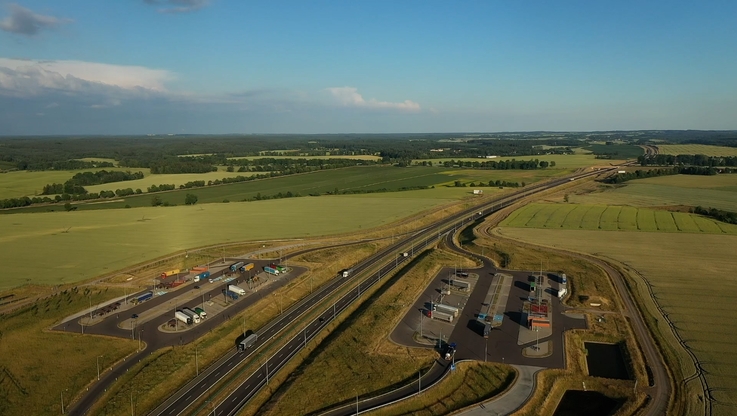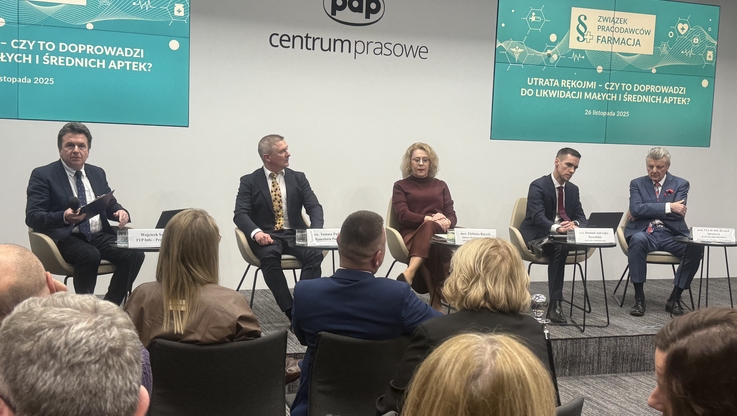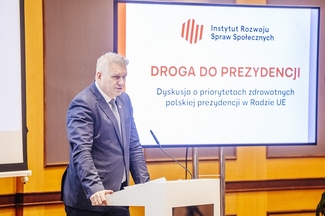Pobierz materiał i Publikuj za darmo

Case study is the most common research tool employed by authors of studies under ESPON – an EC-funded programme whose aim is to promote European territorial research. It can be used to perform in-depth analyses of the socio-economic processes in specific regions and to compare the results with data from other areas in Europe.
“International research teams produce reports that are useful for designing and implementing various policies, including at local and municipal levels. They provide inspiration to stakeholders (e.g. local-government authorities) searching for solutions to the problems faced by their regions. These studies help stakeholders understand the needs of local communities and draw on the experiences of other territorial units studied by ESPON,” said Dorota Celińska-Janowicz, PhD, a geographer at the University of Warsaw’s Centre for European Regional and Local Studies (EUROREG) who is leading the Polish team working on the ESPON SUPER project.
One of our latest case studies has been concerned with the condition of the industrial sector in the so-called Warsaw capital region, which encompasses the City of Warsaw and the Grodzisk Mazowiecki, Legionów, Mińsk Mazowiecki, Nowy Dwór Mazowiecki, Otwock, Piaseczno, Pruszków, Western Warsaw and Wołomin districts (with a total population of 3 million and an area of 6,104 sq. km). Since 2018 this area has been considered as a separate statistical unit because its GDP per capita was higher than the EU average, inflating overall figures for the Masovian Voivodeship and depriving less affluent communes in Mazovia of the chance to receive European funding.
ESPON researchers remind that European countries and cities are experiencing growing deindustrialisation, with industrial production now contributing only about 5 percent to their GDPs. With its industrial-production figure at 2-5 percent, Warsaw has become similar to London and other major metropolitan cities, whereas for the capital region at large, the figure is 22 percent, close to the Polish average.
“In recent years housing has become a priority for property developers. This trend has been driven by the long-term undersupply of housing and the booming service sector in the capital city, which has the biggest office district in Central and Eastern Europe. Meanwhile, little concern has been given to diversifying the local economy of the city and its surrounding area”, reads the ESPON report.
Experts have also stressed that deindustrialisation has dramatically changed the territorial structure of Warsaw. In the 1990s the bankrupt state enterprises were acquired mainly for the land they occupied. This led to rapid changes in the landscape of once industrial areas – a major portion of Wola is now occupied by skyscrapers, and Służewiec has become Europe's third largest office district. Of the three historically largest factories in Warsaw (FSO, Ursus and Huta Warszawa), only Huta Warszawa (steelworks) remains in operation.
“Record-breaking low levels of employment and consistent economic growth of the region over the years have led Warsaw residents and authorities to believe that a modern metropolitan city does not need industry. However, the employment structure can change quickly with a shift in global economic dynamics and with the deployment of advanced technology, such as AI and automation. According to some projections downsizing may affect up to 40 percent of the existing workforce in the financial services sector”, alarmed ESPON.
The authors of the study suggest that the authorities of Warsaw and nearby districts should come up with a comprehensive programme to reindustrialise the region. Clearly, what they mean is not bringing back the smoking factory stacks, but launching modern, innovative and climate-neutral production in pharmaceutical, aviation & aerospace and electronics industries. Poland's capital city can offer these industries access to a well-qualified workforce and major academic institutions, allowing cooperation with the world of science, which is currently essential for the high-tech industry to grow, as exemplified by other European metropolitan cities, such as Stuttgart and Helsinki. And the neighbouring communes have the advantage of offering development land that is much cheaper than in Warsaw.
“The Warsaw capital region has the potential to become a major centre for modern European manufacture. In order for this to happen, however, it is essential to build a robust transport infrastructure and to establish an incentive system for investors, possibly including special economic zones and industrial parks”, wrote the experts.
One of the locations mentioned in this context is the Warsaw Chopin Airport area – if the Solidarity Transport Hub (CPK) project is successfully completed, a vast area with excellent transport links to Warsaw's centre would open up for a new technology park to accommodate light industry. ESPON researchers have also mentioned a 100-hectare area in the Pomiechówek commune, which could be particularly appealing to the aviation industry given its proximity to the Modlin Airport.
“There are metropolitan areas in Poland that have already been successful at attracting domestic and foreign investors in the industrial sector. Since the founding of the Wrocław Agglomeration Development Agency in 2005, Wrocław, along with nearby communes, has achieved some impressive outcomes, and this in spite of a very difficult starting position. And in Tricity the efforts of local authorities have helped to diversify the regional economy, replacing the declining shipyard business with new industries, such as the energy industry", reads the report.
Source: PAP MediaRoom
Pobierz materiał i Publikuj za darmo
bezpośredni link do materiału
POBIERZ ZDJĘCIA I MATERIAŁY GRAFICZNE
Zdjęcia i materiały graficzne do bezpłatnego wykorzystania wyłącznie z treścią niniejszej informacji
| Data publikacji | 14.01.2022, 15:36 |
| Źródło informacji | PAP MediaRoom |
| Zastrzeżenie | Za materiał opublikowany w serwisie PAP MediaRoom odpowiedzialność ponosi – z zastrzeżeniem postanowień art. 42 ust. 2 ustawy prawo prasowe – jego nadawca, wskazany każdorazowo jako „źródło informacji”. Informacje podpisane źródłem „PAP MediaRoom” są opracowywane przez dziennikarzy PAP we współpracy z firmami lub instytucjami – w ramach umów na obsługę medialną. Wszystkie materiały opublikowane w serwisie PAP MediaRoom mogą być bezpłatnie wykorzystywane przez media. |
Pozostałe z kategorii
-
Wyniki ankiety wśród niemal 4300 przedstawicieli menedżerów najwyższego szczebla wskazują na większe zapotrzebowanie na szybsze innowacje, wyższy zwrot z inwestycji i wzmocnioną odporność przedsiębiorstw
Kierownictwo mierzy się z coraz większą presją, by realizować transformację wspieraną AI, a jednocześnie sprostać rosnącym kosztom i ryzyku oraz coraz większym niedoborom wykwalifikowanych pracowników IT.- 18.12.2025, 09:30
- Kategoria: Biznes i finanse
- Źródło: Business Wire
-
Localcoin wkracza do Polski, przyspieszając globalny rozwój
- 18.12.2025, 09:15
- Kategoria: Biznes i finanse
- Źródło: PR Newswire
Newsletter
Newsletter portalu PAP MediaRoom to przesyłane do odbiorców raz dziennie zestawienie informacji prasowych, komunikatów instytucji oraz artykułów dziennikarskich, które zostały opublikowane na portalu danego dnia.
ZAPISZ SIĘ






